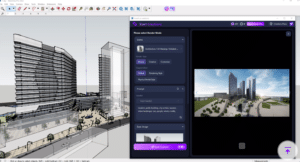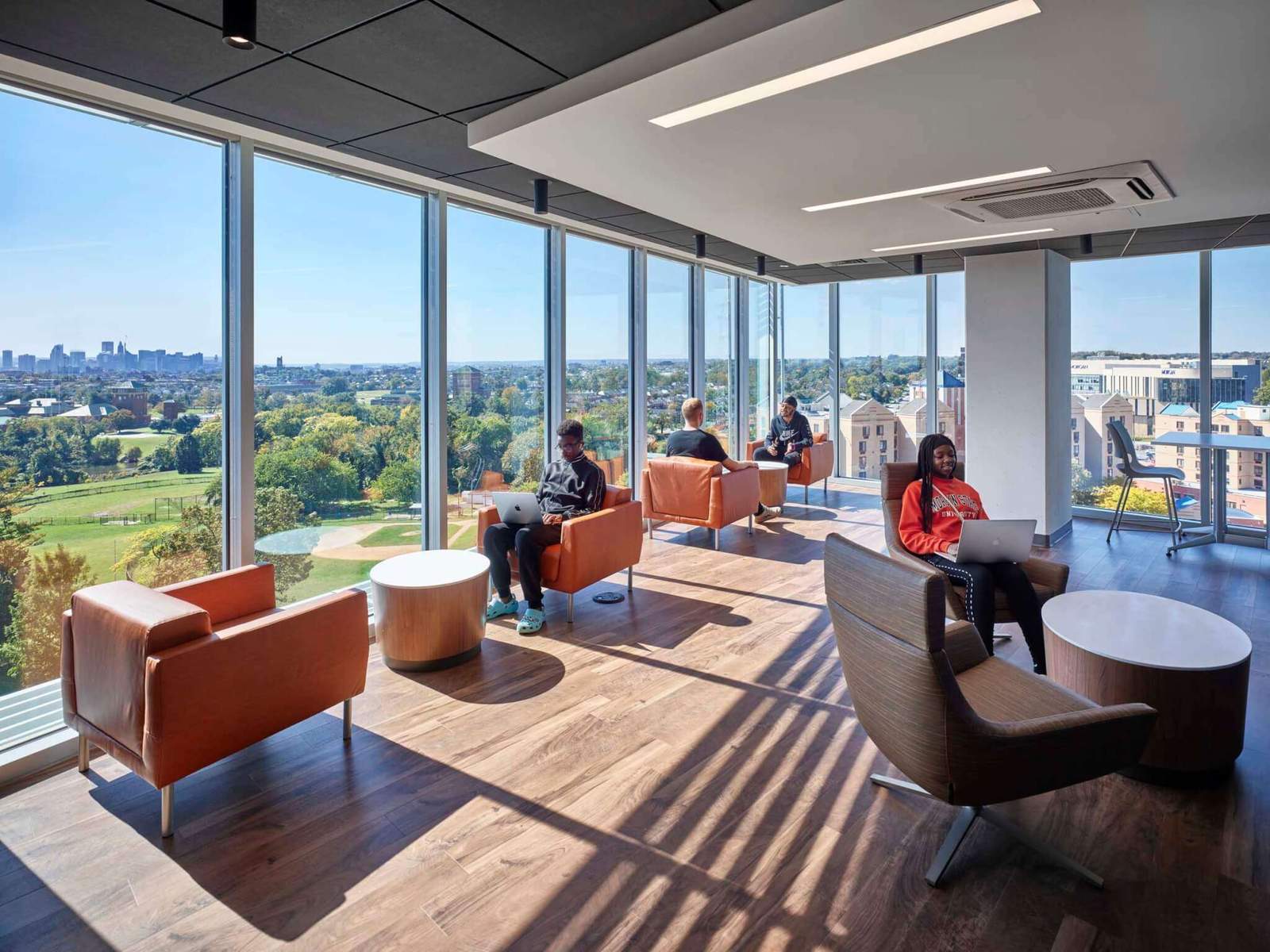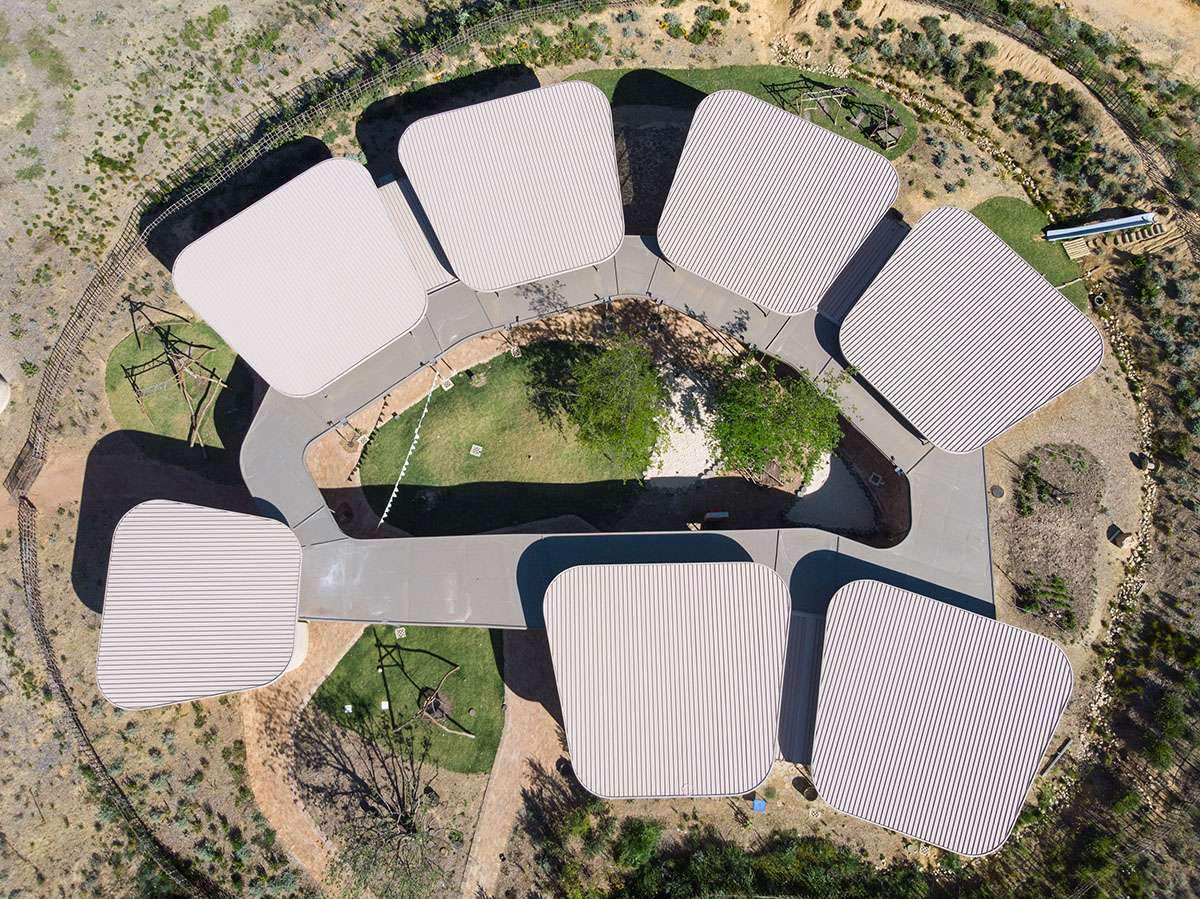The Impact of Artificial Intelligence on Architects’ Salaries and the Design Industry
The Rise of AI in Architecture
The integration of Artificial Intelligence (AI) in architecture is sparking significant discussions regarding its impact on the profession. As part of the AItopia series, Dezeen explores how AI might transform architecture and design, raising questions about the job security of architects. In 2019, designer Sebastian Errazuriz stirred debate by claiming that 90% of architects could lose their jobs to AI, a sentiment he maintains even as generative-AI models like Midjourney and ChatGPT emerge. Errazuriz emphasizes that AI, while appearing as a tool, is rapidly advancing in capabilities, suggesting a profound impact on architectural jobs.
Automation and Employment Concerns
Investment bank Goldman Sachs predicts that AI could replace up to 300 million jobs globally across various industries, with architecture and engineering tasks being particularly susceptible to automation. This forecast places the architectural field among those most exposed to AI’s disruptive potential. A survey by RevitGods reveals that a significant percentage of U.S. architects harbor concerns about being replaced by AI, indicating widespread unease within the profession about the future job landscape.
Differing Views on AI’s Impact
The architectural community holds varied opinions on AI’s impact. Yale School of Architecture’s Phillip Bernstein, with extensive experience in technological transformations within architecture, observes that the industry has withstood similar shifts before, such as during the adoption of computer-aided design (CAD) and building information modeling (BIM). Bernstein argues that AI, despite its advancements, is still far from matching the competence of a qualified architect, especially in dealing with complex, multi-variable problems and ambiguous judgments.
AI as a Tool for Enhancement, Not Replacement
Wanyu He, CEO of LookX, counters the notion that AI will replace architects, suggesting instead that AI will free professionals from repetitive tasks, allowing them to focus on more value-added aspects of architecture. This sentiment is echoed by George Guida of Harvard Graduate School of Design, who believes that AI will change but not substitute the traditional methodology of architecture. Guida predicts an increase in productivity and a shift in the architect’s role towards more creative and design-focused aspects.
Opportunities and Challenges with AI Adoption
While the replacement of human architects by AI is debated, there’s consensus on the potential of AI to automate significant portions of architectural work. This automation could lead to a reevaluation of job roles and an opportunity for architecture studios to command higher fees for leveraging AI technology. AI adoption could also provide smaller firms with a competitive edge, enhancing their productivity and enabling them to take on more projects.
The Future Landscape of Architectural Practices
Errazuriz remains skeptical, particularly about larger firms, suggesting that AI might lead to a reduction in the size of architectural studios, especially if AI software continues to advance significantly. He cautions that the major impact will likely be on the creative work process within these firms. Bernstein and others hope that AI’s adoption will not replicate the increased workloads seen with previous technologies like CAD, but rather enhance the value proposition of architecture.
Embracing AI in Architecture
Despite varied opinions on AI’s threat to jobs, there’s a common agreement on the need for architects to proactively engage with AI technology. This engagement is essential for staying current with technological advancements and for harnessing AI

The Impact of AI on Architectural Salaries
The integration of Artificial Intelligence (AI) in architecture has created a dual impact on the profession’s salary structure. On one hand, AI’s ability to automate routine and time-consuming tasks has led to a reduction in labor costs for architectural firms. This automation includes tasks like initial design sketches, basic structural analysis, and even some aspects of client presentations, which were traditionally time-intensive. As a result, the demand for entry-level positions, which often handle such tasks, may decrease, potentially leading to a downward pressure on starting salaries in the field.
However, AI also brings a demand for new skill sets within the architectural profession. Architects who are adept at integrating AI tools into the design process, or those who can work alongside AI for more complex and creative tasks, are becoming increasingly valuable. This expertise can command higher salaries due to the specialized knowledge required to effectively collaborate with AI technologies. Therefore, while AI may suppress salaries for certain roles within architecture, it simultaneously creates opportunities for higher-paying positions that require a synergy of technical and creative skills.
AI and Evolving Job Opportunities in Architecture
The evolution of job roles within architecture due to AI is notable. With AI handling more rudimentary tasks, architects are now expected to focus on more complex, creative, and analytical aspects of design. This shift is leading to the emergence of new job roles within the field. For instance, architectural data analysts, who understand how to interpret data generated by AI tools for better building performance, sustainability, and user experience, are becoming crucial.
Moreover, as AI tools become more integrated into architectural workflows, there is a growing need for professionals who specialize in overseeing these systems. Roles such as AI architecture integrators or AI system managers are emerging, focusing on ensuring that AI tools are effectively incorporated into the design process and that their outputs align with the project’s goals.
Additionally, as AI begins to influence the way buildings are designed and constructed, there is an increased demand for architects who understand sustainable design principles. AI can aid in creating more energy-efficient and environmentally friendly buildings, and architects skilled in this area are finding their expertise more valuable than ever.
In conclusion, while AI may automate certain aspects of architectural work, it also opens up new avenues for professional growth and specialization, leading to potentially lucrative and fulfilling career paths within the industry.






